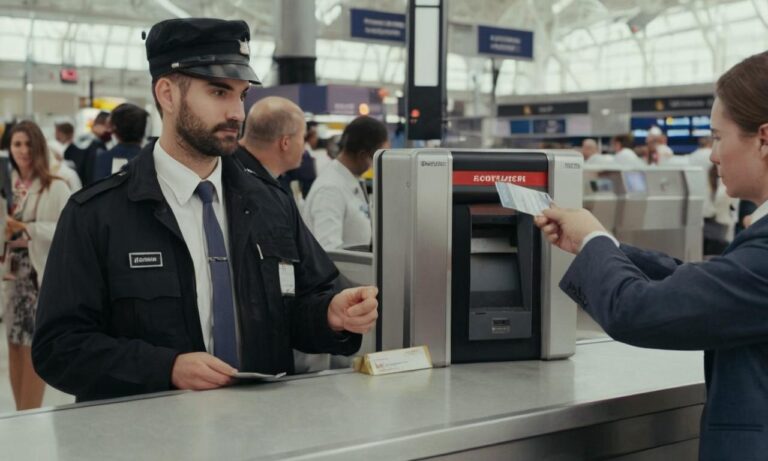Boarding a plane without identification might seem improbable in today’s stringent security measures. However, various circumstances can arise where individuals might find themselves without a valid ID and needing to fly. Let’s delve into the possibilities, regulations, and alternative options available for those facing this situation.
Understanding TSA Regulations
The Transportation Security Administration (TSA) enforces strict guidelines regarding identification requirements for air travel within the United States. Typically, passengers aged 18 and above are mandated to provide a valid form of government-issued photo identification, such as a driver’s license or passport.
However, certain exceptions and alternatives exist for those who don’t have access to their IDs.
Alternative Identification Methods
While a government-issued ID is the standard, there are alternatives that the TSA accepts. These include:
- Secondary Identification: TSA agents might allow travelers to pass security with secondary forms of ID, such as credit cards, social security cards, birth certificates, or even utility bills. Yet, this varies and is subject to additional screening.
- Knowledge-Based Verification: Under specific circumstances, the TSA might employ knowledge-based verification questions to confirm a passenger’s identity. These questions are often generated from public records and personal history.
Special Circumstances and Pre-Planning
There are instances where individuals might find themselves without a physical ID due to loss, theft, or other unforeseen circumstances. In such cases:
- Report the Issue: If your ID is lost or stolen, report it immediately to the authorities and airline staff. They might offer guidance or assistance.
- Arrive Early: Plan to arrive at the airport significantly earlier than usual to allow time for additional screenings or verification processes.
- Documentation: Carry any available documentation related to your identity, such as photocopies of IDs or police reports in the case of theft.
Special Considerations for International Travel
Traveling internationally without identification poses greater challenges. Foreign countries often have stringent ID requirements, and without proper documentation, entry might be denied.
For international flights, it’s crucial to contact the airline and relevant embassies or consulates to understand their specific regulations and requirements.
While boarding a plane without an ID is challenging, it’s not entirely impossible. Understanding alternative methods, arriving prepared, and contacting the relevant authorities beforehand can significantly improve the chances of successfully navigating this situation.
Always aim to comply with TSA regulations and, if possible, ensure you have the necessary identification to facilitate smooth travel experiences.
Understanding Airport Security Policies
Delving into the intricate policies of airport security unveils the stringent measures in place to ensure safe air travel. The Transportation Security Administration (TSA) governs these policies, mandating specific identification requirements.
Enhanced Security Measures
Beyond standard identification, certain circumstances call for heightened security measures. TSA PreCheck and Global Entry programs offer expedited screening but require pre-registration and background checks.
| Program | Features |
|---|---|
| TSA PreCheck | Expedited screening, no need to remove shoes, laptops, liquids, belts, or jackets |
| Global Entry | Expedited entry through customs for international travelers |
Frequently Asked Questions
Amid the complexities of ID requirements for air travel, several common queries arise:
- What happens if I forget my ID on the day of travel?
- Are there age-specific requirements for ID?
- Can I use a digital ID or a scanned copy?
Options for Forgotten IDs
If you forget your ID, TSA may allow alternative identification methods. However, these might subject you to additional scrutiny or security checks.






